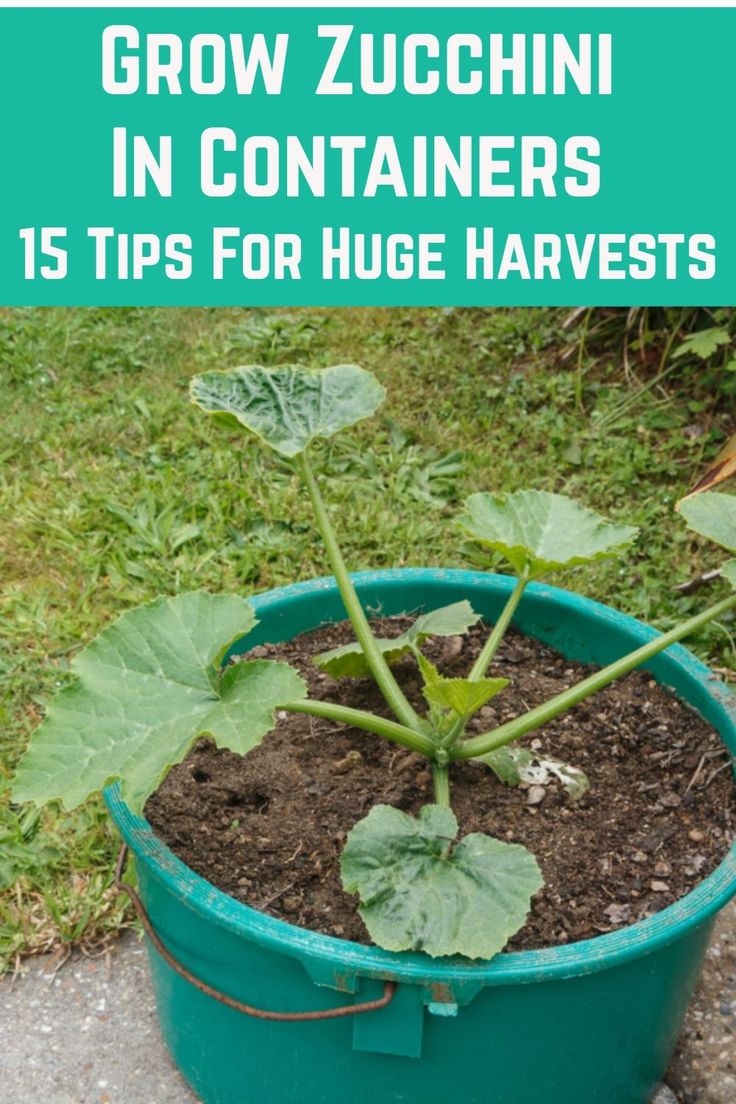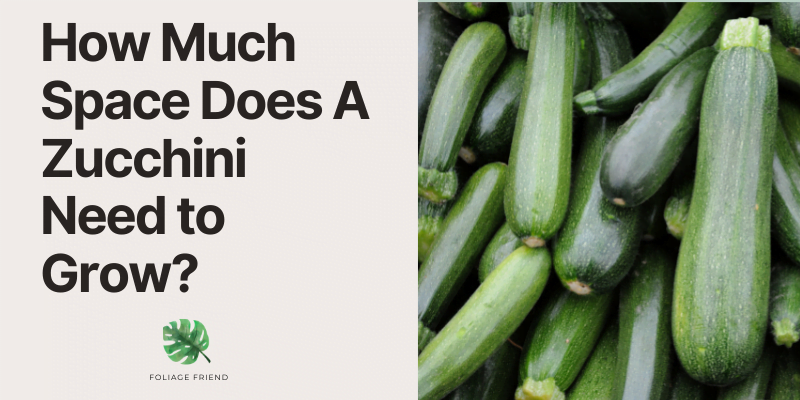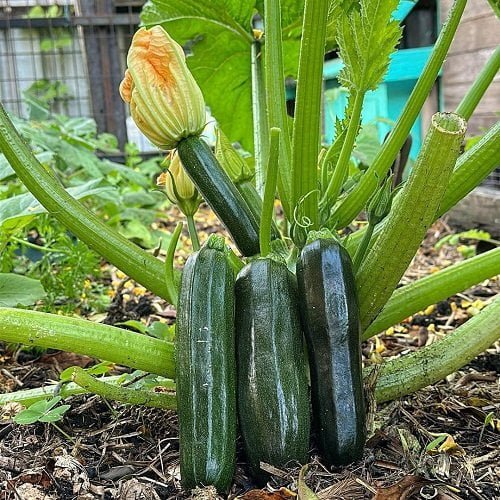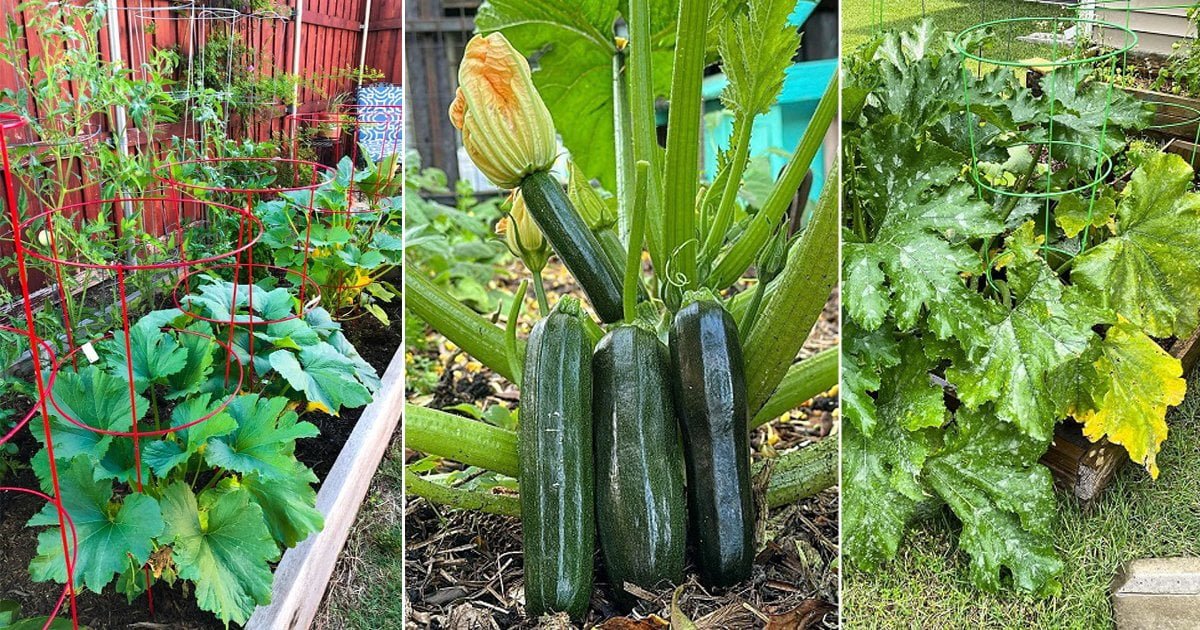If you’ve ever wished for an abundant zucchini harvest, even with limited gardening space, look no further. In this article, we’ll explore the secrets to maximizing zucchini yield in the smallest of spaces. Discover the simple yet effective techniques that will help you grow an impressive number of zucchini per square foot, ensuring a bountiful harvest for all your culinary creations. So, let’s jump right in and uncover the tips and tricks that will turn your limited space into a zucchini wonderland!
Selecting the Right Zucchini Varieties
When it comes to selecting the right zucchini varieties for your garden, there are a few key factors to consider. Determining the space requirements, considering the growing season, and choosing disease-resistant varieties are all important considerations that can help ensure a successful zucchini harvest.

Determining the Space Requirements
Before choosing a zucchini variety, it’s important to determine the space you have available in your garden. Zucchini plants can take up a fair amount of space, so it’s important to plan accordingly. Consider the size of your garden beds or containers, and make sure you have enough room for the zucchini plants to spread out.
Consider the Growing Season
Zucchini plants thrive in warm weather, so it’s important to consider the growing season in your area when selecting a variety. Some zucchini varieties have shorter growing seasons, meaning they can be harvested sooner. Others have longer growing seasons, allowing for a longer harvest period. Take into account the average frost dates in your area and choose a variety that suits your climate.
Choosing Disease-Resistant Varieties
Zucchini plants are susceptible to a variety of diseases, including powdery mildew and bacterial wilt. To help combat these diseases, it’s a good idea to choose disease-resistant zucchini varieties. These varieties have been bred to be more resistant to common diseases, which can help keep your plants healthy and productive throughout the growing season.
Preparing the Soil
Preparing the soil is an important step in ensuring the success of your zucchini plants. Testing the soil, improving soil fertility, and amending the soil with organic matter are all essential tasks that can help create a favorable growing environment for your zucchini plants.
Testing the Soil
Before planting your zucchini, it’s a good idea to test the soil in your garden. A soil test can provide valuable information about the pH level and nutrient content of your soil. This information can help you determine if any amendments are needed to optimize the soil conditions for zucchini growth. Soil test kits are readily available at garden centers and can provide you with accurate results.
Improving Soil Fertility
Zucchini plants require fertile soil to thrive, so it’s important to ensure your soil is rich in nutrients. If your soil test reveals nutrient deficiencies, you can improve soil fertility by incorporating organic fertilizers or compost into the soil. Organic matter, such as compost or well-rotted manure, can help enrich the soil and provide a steady supply of nutrients for your zucchini plants.
Amending the Soil with Organic Matter
In addition to improving soil fertility, adding organic matter to the soil can also help improve its overall structure. Zucchini plants prefer well-draining soil, so incorporating organic matter can help improve soil texture and promote better drainage. Organic matter also helps retain moisture in the soil, which is important for the health and productivity of your zucchini plants.
Spacing and Planting
Proper spacing and planting techniques are critical to the success of your zucchini plants. Determining the right spacing, using raised beds or containers, and deciding between direct seeding and transplants all play a role in ensuring optimal growth and productivity.

Determining the Right Spacing
Zucchini plants require ample space to grow and spread out. The spacing between each plant will depend on the specific variety you choose, but a general guideline is to leave about 3 to 4 feet of space between each plant. This allows the zucchini plants to have enough room to develop without overcrowding and obstructing each other’s growth.
Using Raised Beds or Containers
If space is limited in your garden, consider growing zucchini in raised beds or containers. Raised beds provide better drainage and can help control the spread of zucchini plants. Containers offer even more versatility, allowing you to move the plants to areas with optimal sunlight or protect them from adverse weather conditions.
Direct Seeding vs. Transplants
Zucchini plants can be started from seeds or purchased as transplants. Direct seeding involves sowing seeds directly into the garden soil, while transplants are started indoors and then transplanted into the garden once they have established a strong root system. Direct seeding is a more cost-effective option, but transplants allow for an earlier start and can help protect young plants from pests and environmental stress.
Sunlight and Water Requirements
Zucchini plants require adequate sunlight and water to grow and produce an abundant harvest. Selecting an optimal sun location, providing adequate water, and mulching to retain moisture are all important considerations for optimum zucchini growth.

Selecting an Optimal Sun Location
Zucchini plants thrive in full sun, so it’s important to choose a sunny location in your garden. Ideally, zucchini plants should receive at least 6 to 8 hours of direct sunlight each day. A south-facing location is often the best option, as it receives the most sunlight throughout the day. Adequate sunlight ensures proper plant growth, flower development, and fruit production.
Providing Adequate Water
Zucchini plants require regular watering to thrive, especially during hot and dry periods. It’s important to consistently water the plants to keep the soil consistently moist. However, be careful not to overwater, as this can lead to root rot and other issues. Aim to provide about 1 to 1.5 inches of water per week, either through rainfall or supplemental irrigation.
Mulching to Retain Moisture
Applying mulch around your zucchini plants can help retain soil moisture, suppress weed growth, and regulate soil temperature. Organic mulches, such as straw or wood chips, are excellent choices for mulching zucchini plants. Apply a layer of mulch around the base of the plants, being careful not to cover the stems directly. Mulching also helps prevent soil erosion and reduces the need for frequent watering.
Feeding and Fertilizing
To ensure optimal growth and productivity, zucchini plants require proper nutrients. Providing proper nutrients, using organic fertilizers, and following a fertilizer application schedule are all essential aspects of feeding and fertilizing your zucchini plants.

Providing Proper Nutrients
Zucchini plants have specific nutrient requirements that need to be addressed to promote healthy growth. Nitrogen, phosphorus, and potassium are the primary nutrients needed by zucchini plants. Nitrogen promotes leafy growth, phosphorus supports root development and flower production, and potassium enhances overall plant health and disease resistance. These nutrients can be supplied through organic fertilizers or amendments.
Using Organic Fertilizers
Organic fertilizers are a great choice for feeding zucchini plants. They provide a slow-release source of nutrients and help improve soil health in the long term. Organic fertilizers, such as compost, well-rotted manure, or bone meal, can be applied to the soil before planting or used as a side dressing during the growing season. Avoid over-fertilizing, as this can lead to excessive vegetative growth at the expense of fruit production.
Fertilizer Application Schedule
Establish a fertilizer application schedule to ensure your zucchini plants receive a steady supply of nutrients throughout the growing season. Apply a balanced organic fertilizer, such as a 10-10-10 or 5-5-5 blend, at planting time or when the plants start to show signs of growth. Additional side dressings can be applied every 4 to 6 weeks to support ongoing plant growth and fruit development.
Support and Trellising
Providing support and trellising for your zucchini plants can help improve plant health, increase airflow, and maximize space utilization. Understanding the types of support structures, training zucchini vines, and staking and pruning are all important aspects of supporting and trellising your zucchini plants.

Types of Support Structures
There are several types of support structures you can use to help support your zucchini plants. A common option is to use trellises or cages made of wood or metal. These vertical structures allow the zucchini vines to climb, reducing the amount of space they take up in the garden. Another option is to use stakes or poles to provide support for the plants. Whichever structure you choose, make sure it is sturdy enough to support the weight of the plants and their fruit.
Training Zucchini Vines
Training zucchini vines involves directing their growth along the support structure to keep them organized and prevent them from sprawling on the ground. As the vines grow, gently guide them along the trellis or stakes, securing them with twine or soft plant ties. Regularly check the vines and adjust their position as needed to prevent them from tangling or overcrowding each other.
Staking and Pruning
Staking and pruning zucchini plants can help increase airflow, reduce the risk of disease, and improve fruit production. Staking involves using stakes or cages to support the plants and keep them upright. Pruning involves removing excess foliage and lateral shoots to promote more energy towards fruit production. By staking and pruning your zucchini plants, you can help create a healthier and more productive growing environment.
Companion Planting
Companion planting involves strategically pairing zucchini plants with other compatible plants to optimize growth and help ward off pests. Choosing compatible plants, understanding the role of beneficial insects and flowers, and avoiding incompatible plants are all important considerations for successful companion planting with zucchini.
Choosing Compatible Plants
When companion planting with zucchini, it’s important to choose plants that are compatible and will benefit each other. Good companion plants for zucchini include marigolds, nasturtiums, and herbs such as basil and dill. These plants can help repel pests, attract beneficial insects, or provide shade and support for the zucchini plants.
Beneficial Insects and Flowers
Incorporating beneficial insects and flowers into your zucchini garden can help control pests and promote pollination. Flowers such as sunflowers, calendula, and lavender attract beneficial insects like ladybugs, lacewings, and bees that can help control common pests. Additionally, planting flowers among your zucchini plants can create a visually appealing and diverse garden space.
Avoiding Incompatible Plants
Some plants are not suitable companions for zucchini and can negatively impact its growth and productivity. Avoid planting zucchini near potatoes, tomatoes, or cucumbers, as they can be susceptible to similar pests and diseases. Incompatible plants can also compete for resources and space, limiting the growth and yield of your zucchini plants.
Pest and Disease Management
Managing pests and diseases is crucial to ensure the health and productivity of your zucchini plants. Identifying common zucchini pests, using natural pest control methods, and practicing early detection and prevention can help keep your zucchini plants healthy and thriving.
Identifying Common Zucchini Pests
Zucchini plants can be vulnerable to various pests, including squash bugs, cucumber beetles, and aphids. These pests can cause damage to the leaves, stems, and fruit, eventually compromising the overall health of your plants. Regularly inspect your plants for signs of pest activity, such as chewed leaves, wilting, or the presence of eggs or larvae.
Natural Pest Control Methods
Implementing natural pest control methods can help manage common zucchini pests without relying on harsh chemicals. Some effective natural pest control methods include handpicking and removing pests, using insecticidal soaps or oil sprays, or introducing beneficial insects like ladybugs or praying mantises to the garden. These methods can help reduce pest populations and minimize damage to your zucchini plants.
Early Detection and Prevention
Early detection is key to preventing pest outbreaks and disease spread in your zucchini plants. Regularly inspect your plants for any signs of pests or diseases, and take prompt action if any issues are detected. Remove and dispose of any affected plant material to prevent the spread of diseases and monitor the overall health of your zucchini plants throughout the growing season.
Harvesting Zucchini
Harvesting zucchini at the optimal time is crucial to ensure the best flavor and texture. Determining the optimal harvest time, using proper harvesting techniques, and practicing continual harvesting are essential for a bountiful zucchini harvest.
Determining the Optimal Harvest Time
Zucchini is best harvested when the fruit is young and tender, typically when it reaches 6 to 8 inches in length. It’s important to consistently monitor your zucchini plants for mature fruits to avoid overripe or oversized produce. Overripe zucchini can become tough and bitter, while oversized zucchini may have a woody texture and less flavor.
Harvesting Techniques
When harvesting zucchini, it’s best to use a sharp knife or pruners to cut the fruit from the plant. Make a clean cut near the stem, being careful not to damage the plant or other developing fruits. Avoid twisting or yanking on the zucchini, as this can damage the plant and potentially spread diseases. Regularly harvest mature zucchini to encourage the growth of new fruits.
Continual Harvesting
Zucchini plants are known for their prolific fruit production, and frequent harvesting is necessary to encourage continual growth and prevent the plants from becoming overwhelmed with mature fruits. Aim to harvest zucchini every few days during peak production periods. Regularly harvesting zucchini not only ensures a steady supply of fresh produce but also stimulates the plant to produce more fruits over time.
Extending the Zucchini Season
If you want to enjoy zucchini for a longer period or have a delayed start to the growing season, there are a few techniques you can use to extend the zucchini season. Succession planting, starting indoors for earlier harvest, and protecting from late frosts are all effective strategies to prolong your zucchini harvest.
Succession Planting
Succession planting involves staggering the planting of zucchini seeds or transplants throughout the growing season. By planting a new batch of zucchini every few weeks, you can ensure a continuous harvest over an extended period. This method allows for a steady supply of fresh zucchini and reduces the risk of a glut of fruits that can be difficult to manage.
Start Indoors for Earlier Harvest
To get a head start on the growing season, you can start zucchini seeds indoors and then transplant the seedlings into the garden once the risk of frost has passed. Starting zucchini indoors allows you to take advantage of the warmer and controlled conditions indoors. It also ensures early harvest and gives your zucchini plants a longer growing season.
Protecting from Late Frosts
Late spring frosts can pose a threat to young zucchini plants and can damage or kill them. To protect your zucchini from late frosts, cover the plants with protective row covers or cloths when the temperatures drop below freezing. You can also use temporary cold frames or tunnels to create a sheltered environment for your zucchini plants and extend the growing season.
By following these comprehensive guidelines, you can maximize your zucchini yield and have a successful and productive zucchini garden. Remember to choose the right varieties, prepare the soil, provide the proper care, and implement effective pest and disease management techniques. With proper planning and attention, you’ll be rewarded with a bountiful harvest of delicious zucchini throughout the growing season. Happy gardening!



